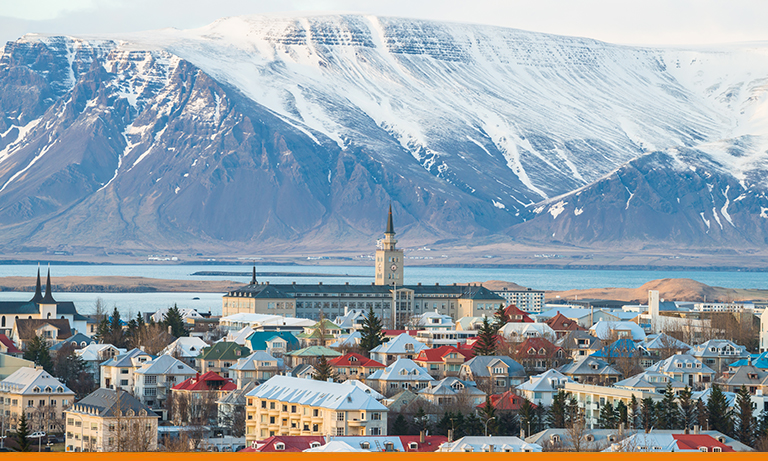Telehouse Green: Making the Move to Cooler Climates
April 28, 2017Motivated to Go Green, Data Centers Are Increasingly Migrating North
On the outskirts of the Arctic, in Scandinavia, several webscale content providers have sited their data centers to take advantage of cooler climates. Cold climates are preferable because they reduce and sometimes eliminate reliance on conventional cooling systems that consume a lot of electricity. The temperatures in the near-arctic are so low that companies can simply run cold air or chilled water into their data center, or use heat exchangers to bring temperatures down.
A significant portion of a data center’s operational expenditures is required for cooling, making cooling efficiency a desired means to reduce overall costs as well as a facility’s carbon footprint. Worldwide, data centers use about 30 billion watts of electricity. That’s the equivalent output of 30 nuclear power plants, enough for all the households in Italy. Energy costs are the fastest-rising expense for today’s data centers, so it’s no surprise that companies such as Facebook and Google would migrate to the far north to reduce their operational expenses while affirming their environmental responsibility mandates.
Facebook opened a data center in northern Sweden in the town of Luleå, in 2011. Google unveiled a data center in Hamina, Finland, the same year. The Hamina facility uses seawater from the Bay of Finland to chill the servers that deliver your search results. Hydro66, a data center that is located just 50 miles away from the Arctic circle, in Sweden, relies on free-air cooling. The facility is the world’s first 100 percent hydro-powered data center.
This last point brings to the fore the region’s other key attribute for data center location: the comparatively low cost and availability of local renewable power sources. For example, the Verne Global data center in Keflavik, Iceland, is located at a former NATO base in close proximity to two geothermal generation facilities. In addition to a cooler climate, Iceland generates more power per capita than any other nation on earth. Its power is almost entirely generated by hydro and geothermal sources, providing it with a long-term and sustainable power resource that is currently nowhere near capacity. Vern Global claims that the cost of power at its Keflavik facility is a fifth of the price of power available in major metro areas in continental Europe. Given that power can represent approximately half of the cost of a data center over its lifetime, that’s a substantial saving.
For some hyperscale companies, however, it’s a wiser business decision to colocate their data assets or open large data centers in regions closer to growing markets, not in the northern hinterlands. At issue is matter of latency. While remote climates may be perfectly acceptable for certain high-performance computing workloads — Big Data analytics, for example — for others, such as financial services organizations that rely on flash trading systems, or other latency sensitive businesses such as online gaming, video streaming and VoIP, the decision to go north would be inadvisable.
With facilities across North America, EMEA and Asia, Telehouse provides a wide portfolio of energy-efficient hardware, uses cold aisle containment to improve cooling efficiency, and employs advanced technologies such as adiabatic cooling to adjust airflow and control temperature in its global data centers.


